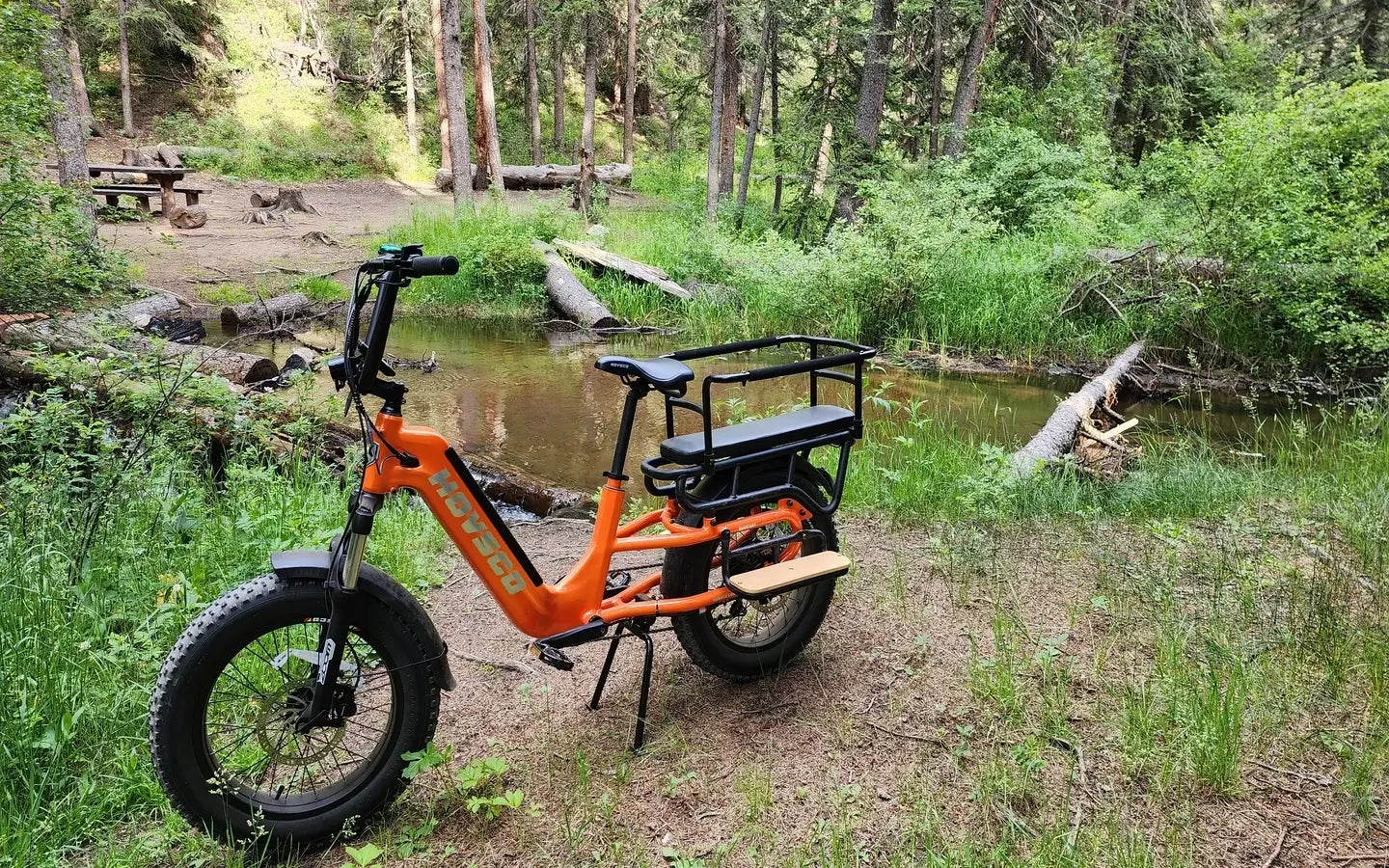
- by LiuJiazhu
How Can Owners Maintain Fat Tire Ebike Batteries in Winter?
- by LiuJiazhu
Winter fat tire eBike battery maintenance focuses on frequent charging (30%+ remaining), insulation against cold, and avoiding extreme temperatures. Store partially charged (40-60%) in dry, above-freezing locations when unused. Prioritize slow charging in sheltered environments to preserve chemical stability and capacity retention during sub-zero conditions.
Cold temperatures slow electrochemical reactions, decreasing lithium-ion battery capacity by 20-30% below 0°C. Lead-acid variants suffer 50%+ efficiency loss. Insulation and pre-ride indoor storage mitigate voltage sag during winter rides.
Battery chemistry fundamentally dictates cold-weather behavior. Lithium-ion cells experience increased internal resistance below 10°C, reducing usable energy and peak current delivery. For example, a 48V 15Ah battery delivering 40km range at 25°C might only achieve 28-32km at -5°C. Practically speaking, this necessitates adjusting ride expectations and charging routines.
Pro Tip: Store batteries indoors overnight—a 20°C environment preserves 95% capacity vs. 70% at -10°C. Transitional solutions like neoprene battery wraps maintain operational temperatures 3-5°C above ambient during rides. How significant is this? A 5°C increase can boost discharge capacity by 18% in freezing conditions.
Charge at 10-25°C ambient temperatures, allowing 1-2 hours post-ride for battery warming before connecting chargers. Use manufacturer-approved smart chargers with temperature compensation, avoiding full 100% charges when storing beyond 72 hours.
Modern battery management systems (BMS) automatically adjust charge rates below 5°C, but passive warming strategies enhance effectiveness. For instance, charging in insulated garage spaces vs. outdoor sheds improves charge acceptance by 35%. Transitionally, consider staged charging: 80% for daily use, reserving full charges for long rides. A 48V battery charged to 54.6V (full) at -10°C experiences 2.1x higher lithium plating risk versus 53V (90%)—a critical factor in longevity.
Pro Tip: Never charge frozen batteries—ice crystal formation may puncture cell separators. Wait 4-6 hours in heated spaces before charging after sub-zero exposure.
| Charging Factor | Summer Best Practice | Winter Adjustment |
|---|---|---|
| Ambient Temperature | 0-40°C | 10-25°C |
| Charge Frequency | After 70% discharge | After 50% discharge |
| Full Charge Cycle | Recommended | Avoid during storage |
Store lithium batteries at 40-60% charge in dry, 5-15°C environments. Perform 30-minute maintenance charges every 30 days to prevent deep discharge. Lead-acid types require monthly full recharging to avoid sulfation damage.
Long-term storage demands precise SOC (State of Charge) management. Lithium batteries degrade fastest at 100% charge—0.5% monthly capacity loss at 50% SOC vs 2% at full charge in cold storage. For fat tire eBikes unused for 90+ days, disconnect battery terminals and wrap in vapor-proof materials.
A real-world example: Storing a 52V battery at 30% SOC in -10°C garage loses 12% permanent capacity annually versus 3% loss at 15°C with 55% SOC. Transitionally, use silica gel packs in storage containers to maintain <30% humidity—critical for preventing terminal corrosion.
Neoprene or thermal wrap insulation maintains operating temperatures 4-7°C above ambient. Waterproof battery cases prevent condensation damage, while dielectric grease on terminals inhibits corrosion from road salt exposure.
Material science plays key roles—3mm neoprene reduces cold-induced voltage drop by 18% during 1-hour winter rides. For extreme conditions (-15°C and below), heated battery blankets consuming 8-12W can maintain 0°C+ core temperatures. Installation Example: HOVSCO's WinterGuard battery jacket uses aerogel insulation, adding 220g weight while improving -10°C discharge efficiency by 27%. Practically speaking, balance insulation thickness with heat dissipation needs—over-insulation during charging risks overheating.
Pro Tip: Always remove battery covers during indoor charging to prevent heat buildup exceeding 45°C.
Under-inflated fat tires increase rolling resistance by 15-30%, forcing batteries to work harder. Maintain 8-12 PSI (55-83 kPa) depending on tire width—proper inflation preserves range and reduces uneven tread wear from frozen surfaces.
Tire dynamics significantly impact energy consumption. A 26"x4.8" tire at 5 PSI requires 510W motor output for 25km/h vs 430W at 10 PSI—directly translating to 18% higher battery drain. Transitionally, use TPMS (Tire Pressure Monitoring Systems) with temperature compensation. For example, a tire inflated to 10 PSI at 20°C automatically drops to 8.7 PSI at -5°C, necessitating weekly checks. Real-world data shows proper winter tire pressure management extends range by 22% in snow conditions versus neglected inflation.
| Factor | Summer Setting | Winter Optimization |
|---|---|---|
| Tire Pressure | 6-8 PSI | 8-12 PSI |
| Tread Depth | 4mm | 6mm+ |
| Rim Tape | Standard | Insulated |
No—prolonged exposure below -10°C risks permanent lithium battery damage. Store indoors at 5-20°C with 40-60% charge state.
Do battery warmers void warranties?Most manufacturers void warranties if third-party heaters exceed 50°C. Use only brand-approved thermal accessories like HOVSCO’s TempSafe Heater Sleeve.
How often should I charge during winter storage?Recharge to 50-60% every 30 days if unused. Never store fully charged—high SOC accelerates degradation in cold.
Share:
What Is the Top Speed Record for Electric Bicycles?
What Lightweight Ebikes Deliver The Fastest Racing Performance?